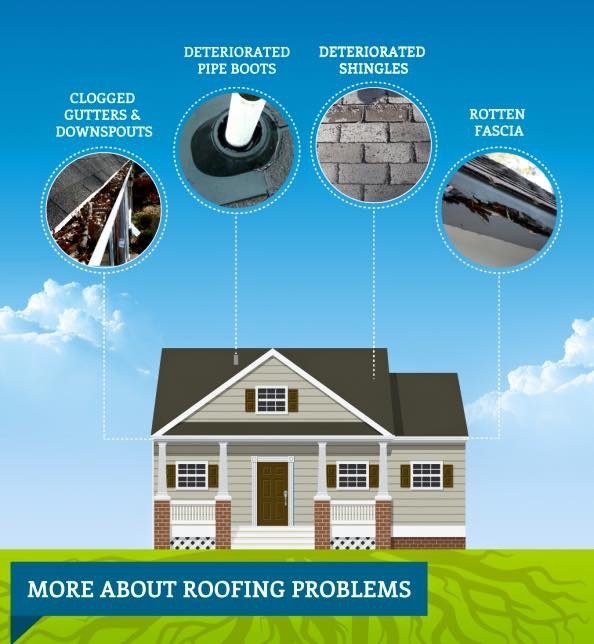Forgeting Roof Covering Ventilation Can Bring About Expensive Damages; Discover Essential Aspects That Ensure A Successful Installation And Protect Your Financial Investment
Forgeting Roof Covering Ventilation Can Bring About Expensive Damages; Discover Essential Aspects That Ensure A Successful Installation And Protect Your Financial Investment
Blog Article
Post By-Kock Iversen
When you're taking on a roofing project, you could not think much about roof ventilation, however it's more essential than you understand. Effective air flow aids regulate temperature and wetness in your attic room, avoiding troubles like mold and mildew and architectural damage. By understanding exactly how to create and mount a balanced ventilation system, you can enhance energy performance and extend the life expectancy of your roof products. So, what are the crucial variables to take into consideration during installment that can make all the difference?
Relevance of Roofing System Air Flow
Roofing ventilation plays an important role in preserving the overall wellness of your home. By enabling fresh air to flow via your attic, it assists regulate temperature and dampness degrees. This equilibrium is necessary to avoid heat buildup throughout warm months, which can lead to increased energy costs as your air conditioning burns the midnight oil.
Additionally, appropriate ventilation dramatically reduces the risk of moisture-related problems like mold and mold. If humidity degrees climb, your home's architectural honesty can be compromised, bring about costly fixings. You would not wish to manage decomposing wood or deformed roofing materials, right?
Additionally, ample air flow extends the life expectancy of your roofing system. When heat and dampness are kept in check, your roof covering can carry out ideally, avoiding early wear and tear. visit this backlink suggests less frustrations and costs down the line.
Just How Roof Covering Ventilation Functions
Effective roof air flow relies on the all-natural movement of air to develop a balance in between consumption and exhaust. When you set up vents, you're basically allowing fresh air to enter your attic room while allowing hot, stagnant air to get away. This procedure assists control temperature level and moisture degrees, stopping issues like mold development and roofing damage.
Intake vents, typically found at the eaves, reel in trendy air from outdoors. On flooring installer san antonio , exhaust vents, situated near the ridge of the roof covering, let hot air increase and departure. The distinction in temperature level develops a natural air movement, called the pile effect. As warm air increases, it produces a vacuum cleaner that draws in cooler air from the lower vents.
To optimize this system, you need to guarantee that the consumption and exhaust vents are effectively sized and placed. If the consumption is limited, you won't attain the desired ventilation.
Also, not enough exhaust can catch warmth and wetness, bring about possible damages.
Trick Setup Considerations
When mounting roof covering ventilation, several key considerations can make or break your system's performance. Initially, you require to evaluate your roofing's design. The pitch, shape, and products all influence airflow and ventilation choice. See to it to choose vents that match your roofing system type and local environment conditions.
Next, think about the placement of your vents. Ideally, you'll desire a balanced system with consumption and exhaust vents positioned for optimal air flow. Location consumption vents low on the roof and exhaust vents near the height to encourage a natural circulation of air. visit web site helps prevent moisture buildup and advertises power performance.
Do not ignore insulation. Correct insulation in your attic room prevents warm from running away and keeps your home comfortable. Ensure that insulation does not block your vents, as this can prevent airflow.
Lastly, think of upkeep. Pick ventilation systems that are simple to gain access to for cleaning and inspection. Normal maintenance ensures your system remains to operate effectively with time.
Final thought
Finally, roofing air flow is essential for a successful installation. By making sure proper air movement, you can prevent heat build-up and moisture problems that lead to expensive damage. When you tactically position intake and exhaust vents, you enhance energy efficiency and extend the life expectancy of your roof covering. Remember, a well-ventilated roof covering not only protects your financial investment but likewise enhances your indoor air top quality. So, prioritize ventilation to ensure a durable and economical roof for your home.
